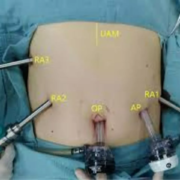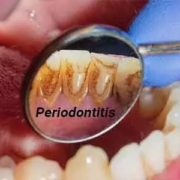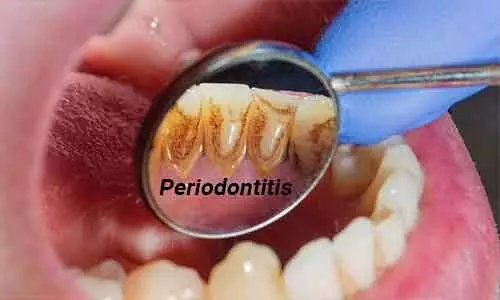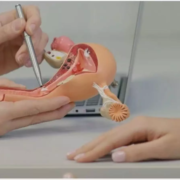Robot assisted pancreatoduodenectomy Safe and feasible for Uncinate Process Dissection : Study
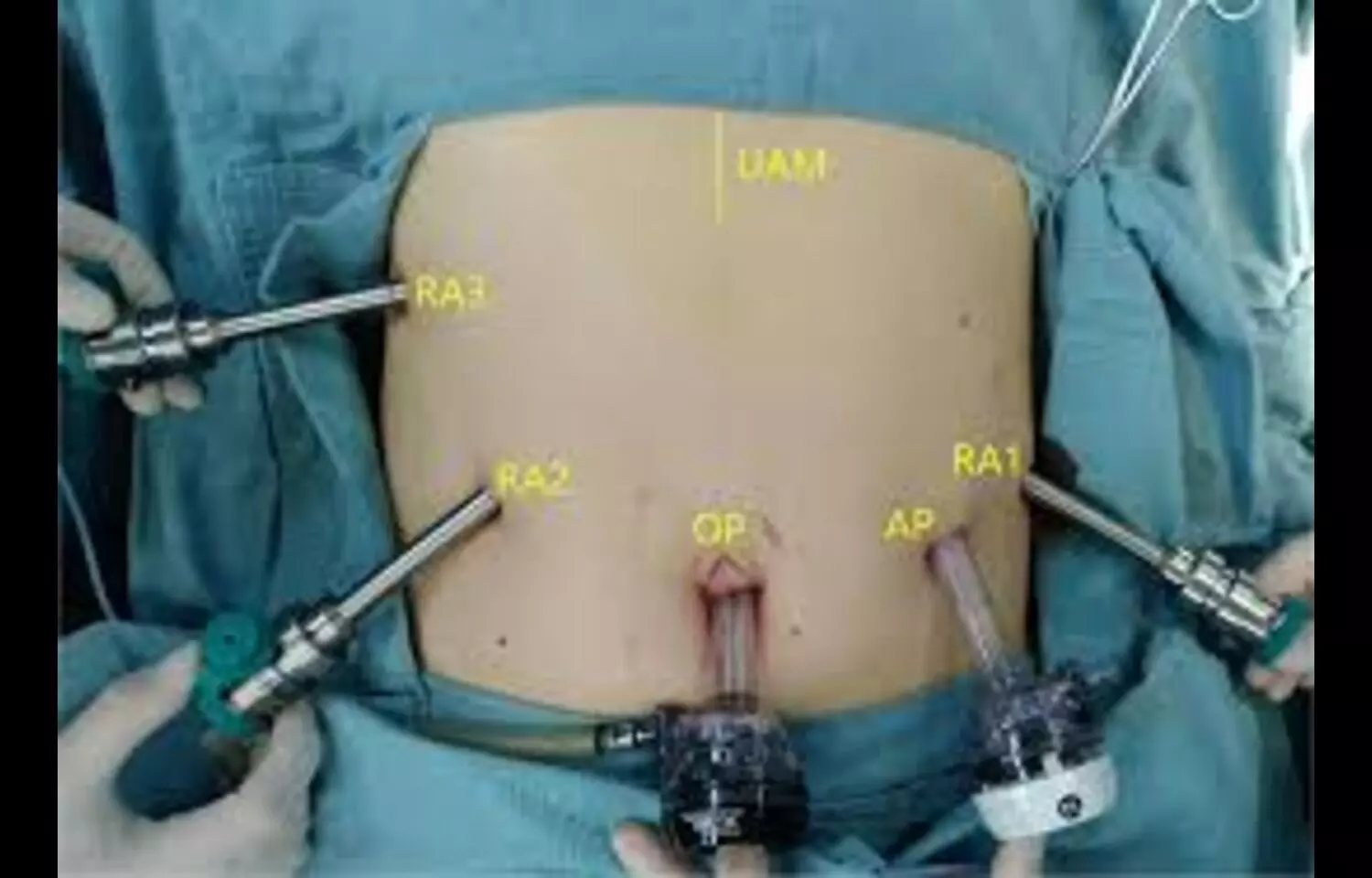
Pancreatoduodenectomy, also known as the Whipple procedure, is a complex surgical treatment for malignant and benign tumors of the pancreatic head and periampullary region. One of the most technically challenging aspects of this operation is dissection of the uncinate process, particularly when tumors are large and located adjacent to major vessels such as the superior mesenteric artery (SMA). With the advent of minimally invasive and robotic approaches, optimizing surgical strategies to enhance safety and oncologic outcomes has become a key focus in hepatopancreatobiliary surgery.
A new study has found that a mesenteric route, SMA-first approach facilitates precise uncinate process dissection and may represent a safe, feasible option for selected patients undergoing robot-assisted pancreatoduodenectomy. The approach was particularly beneficial in nonobese individuals with large pancreatic head tumors in close proximity to the SMA and portal vein, where conventional dissection can be more technically demanding. In the study, patients undergoing the mesenteric route SMA-first approach demonstrated favorable intraoperative and postoperative outcomes. The technique allowed for early identification and control of the SMA, reducing intraoperative blood loss and providing a clearer operative field. Importantly, the approach enabled meticulous clearance of the uncinate margin, improving the potential for R0 resection in oncologic cases. Operative times were comparable to standard techniques, and postoperative complication rates, including pancreatic fistula and delayed gastric emptying, remained within expected ranges. The authors noted that patient selection is critical. The technique may be best suited for nonobese patients, as excessive visceral fat can obscure visualization in the mesenteric window. Additionally, surgeons require advanced robotic expertise and familiarity with vascular dissection to ensure safety. The findings suggest that this modified approach has the potential to expand the role of robotic surgery in complex pancreatic resections, offering a viable alternative for patients with tumors involving the uncinate process.
Keywords: SMA-first approach, mesenteric route, uncinate process dissection, robot-assisted pancreatoduodenectomy, pancreatic head tumors, minimally invasive surgery, vascular involvement, R0 resection, surgical oncology, Annals of Surgical Oncology
Powered by WPeMatico

